Market Trends
Key Emerging Trends in the HIDA Scan Market
The market trends of the Hepatobiliary Iminodiacetic Acid (HIDA) Scan market have witnessed significant shifts in recent years, reflecting advancements in medical imaging technology and evolving healthcare landscapes. HIDA scan, a diagnostic imaging procedure primarily used to evaluate the functioning of the liver, gallbladder, and bile ducts, has experienced notable growth due to increasing prevalence of hepatobiliary disorders.
One key trend driving the HIDA scan market is the rising incidence of liver and gallbladder diseases. With lifestyle factors such as poor diet, sedentary lifestyles, and obesity on the rise, the occurrence of conditions affecting the hepatobiliary system has increased. HIDA scans provide a non-invasive and accurate means of diagnosing conditions like gallstones, biliary obstruction, and liver dysfunction, contributing to the growing demand for this diagnostic tool.
Technological advancements have also played a pivotal role in shaping the market trends of HIDA scans. The integration of digital imaging technologies, improved resolution, and enhanced image processing capabilities have resulted in more precise and detailed diagnostic information. This not only aids in better disease detection but also facilitates early intervention and treatment planning. As healthcare providers increasingly prioritize advanced imaging modalities, the HIDA scan market has witnessed a positive impact.
Moreover, the market has seen a surge in the adoption of hybrid imaging techniques that combine HIDA scans with other imaging modalities such as computed tomography (CT) or magnetic resonance imaging (MRI). This fusion of technologies enables a comprehensive evaluation of hepatobiliary disorders, providing clinicians with a more holistic understanding of the patient's condition. The trend towards multimodal imaging is driven by the desire for a more accurate and thorough diagnostic process, ultimately improving patient outcomes.
In terms of market dynamics, there has been a noticeable shift towards outpatient settings for HIDA scans. The increasing emphasis on cost-effective healthcare solutions and the growing preference for outpatient procedures among patients have driven this trend. Outpatient facilities offer the advantage of convenience, reduced waiting times, and potentially lower costs compared to traditional hospital-based imaging services. This shift aligns with broader healthcare trends emphasizing the importance of patient-centric care and efficient resource utilization.
Additionally, the HIDA scan market is influenced by factors such as reimbursement policies and regulatory frameworks. As healthcare systems strive for cost-effectiveness and value-based care, reimbursement policies play a crucial role in determining the accessibility and affordability of HIDA scans. Regulatory developments and compliance standards also shape the market landscape, ensuring the safety and effectiveness of these diagnostic procedures.

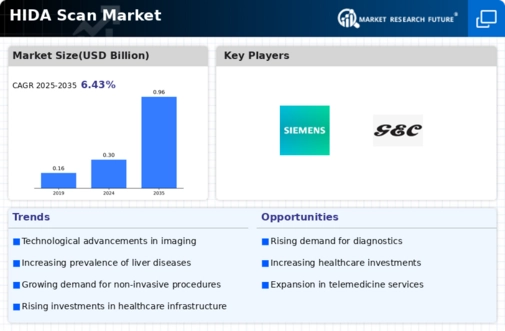
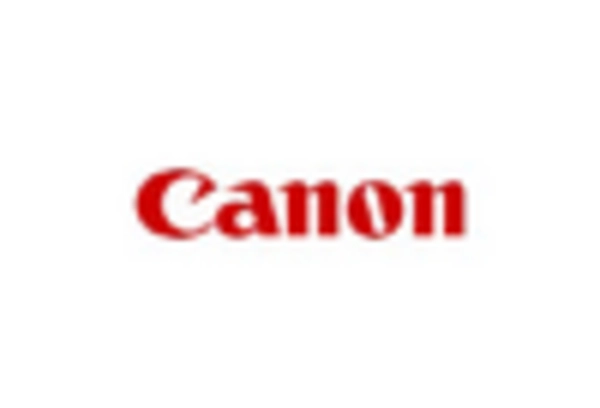
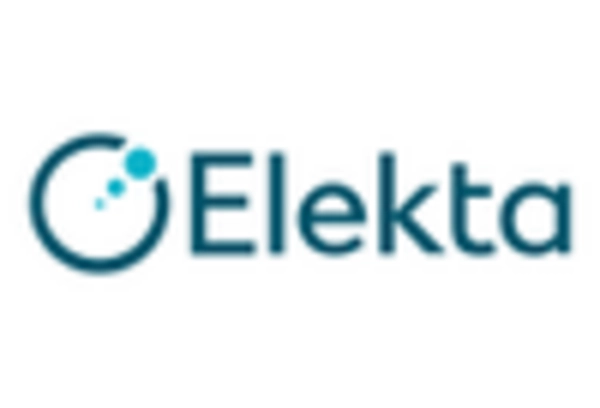
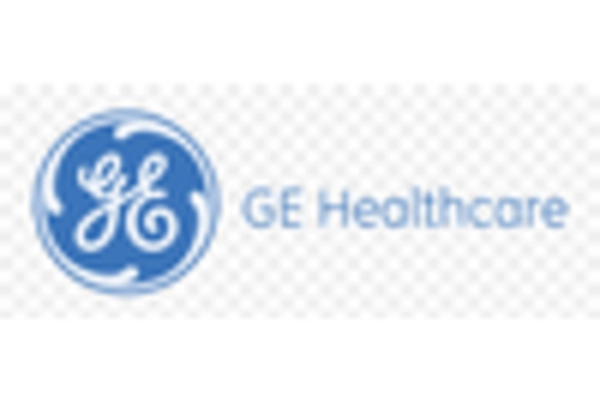
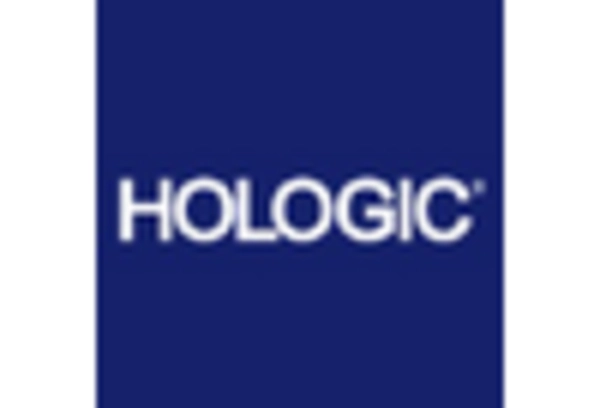
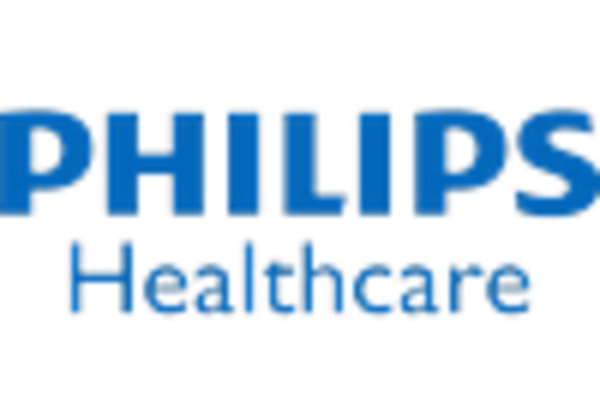
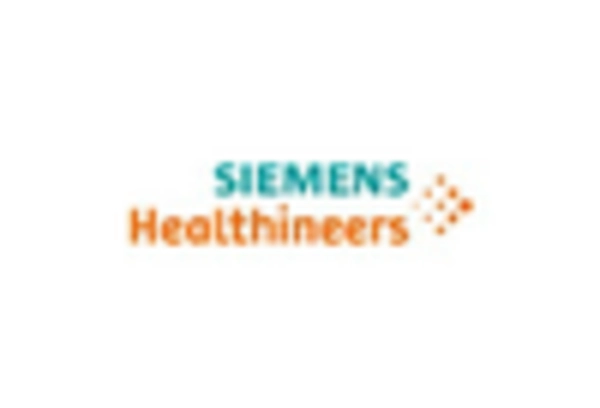









Leave a Comment